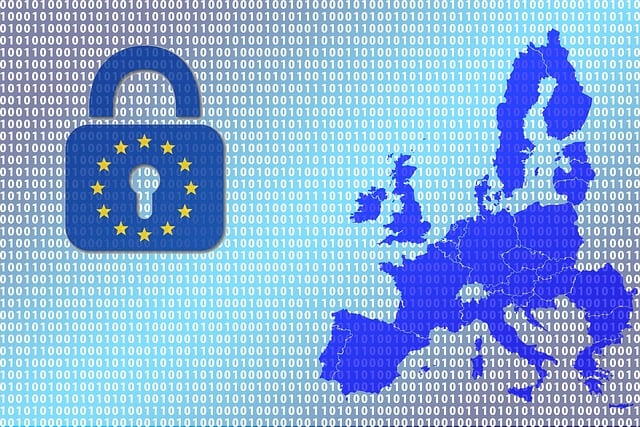There are plenty of amazing benefits of data collection. For example, it can improve your business decisions, help you meet KPIs, and motivate your employees.
If you want to reap these rewards, you need to start collecting data. Perhaps you are wondering, “But how can I start collecting data if I don’t know what to measure?” Having a data collection plan can help you answer this question and get you started on your data journey.
Want to learn more? Then read on. We will cover why you need a data collection plan and what should be included in it.
Set Data Collection Goals
To make a good plan for collecting data, first, decide what information you want to gather and why. Think about why you’re collecting data, whether it’s for research, analysis, or making decisions.
Setting clear goals helps you stay on track and ensures that the data you collect is useful. Whether you’re gathering data for marketing or research, having a clear goal is the first step in creating a successful data collection plan.
So, start your plan by stating your objectives clearly.
Pick Data Sources
When creating a data collection plan, it’s crucial to select where you’ll gather your information. Consider the sources available for obtaining the data you need. These sources might include:
- surveys
- customer records
- online databases
It could be other locations housing the necessary information. By choosing the right data sources, you ensure access to the required data for your project. Start your plan by listing the places or methods you’ll use to collect your data.
Select Data Collection Methods
When making a data collection plan, think about how you’ll collect information. This could be through surveys, interviews, or forms online. Picking the right ways to gather data is important for accuracy and efficiency.
Also, consider using Digital Asset Management and PIM (Product Information Management) systems to help handle data better, especially for things like images and product details. These systems can make your data collection and organization easier.
Plan Data Collection Timing
In your data collection plan, don’t forget to decide when to gather information. This means setting a schedule or timeframe for collecting data. Timing is crucial to ensure that you’re collecting data when it’s most relevant and useful. For instance, if you’re studying seasonal trends, you’ll want to collect data during those specific seasons.
Planning the timing also involves considering the frequency of data collection. Will it be a one-time thing or an ongoing process? Depending on your goals, you may need to collect data daily, weekly, monthly, or at other intervals.
Remember, choosing the right timing is essential for getting meaningful insights from your data.
Crafting an Effective Data Collection Plan
In conclusion, a carefully constructed data collection plan is essential for any successful research project. It should include a clear statement of objectives, a comprehensive methodology, and appropriate tools for gathering and analyzing data.
With a well-defined plan in place, researchers can effectively and efficiently collect the necessary data to draw meaningful conclusions. Start planning your next data collection process today and achieve impactful results with a strong data collection plan. Happy data collecting!
Did you find this article helpful? You can check out our website for more awesome content like this.

